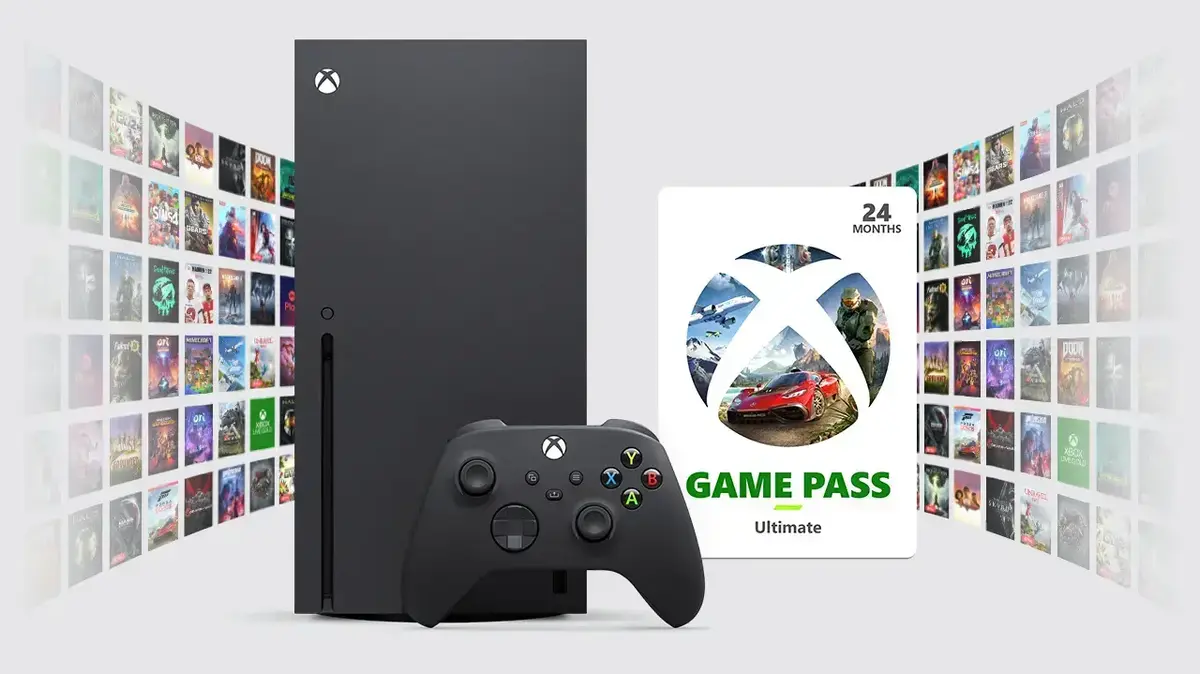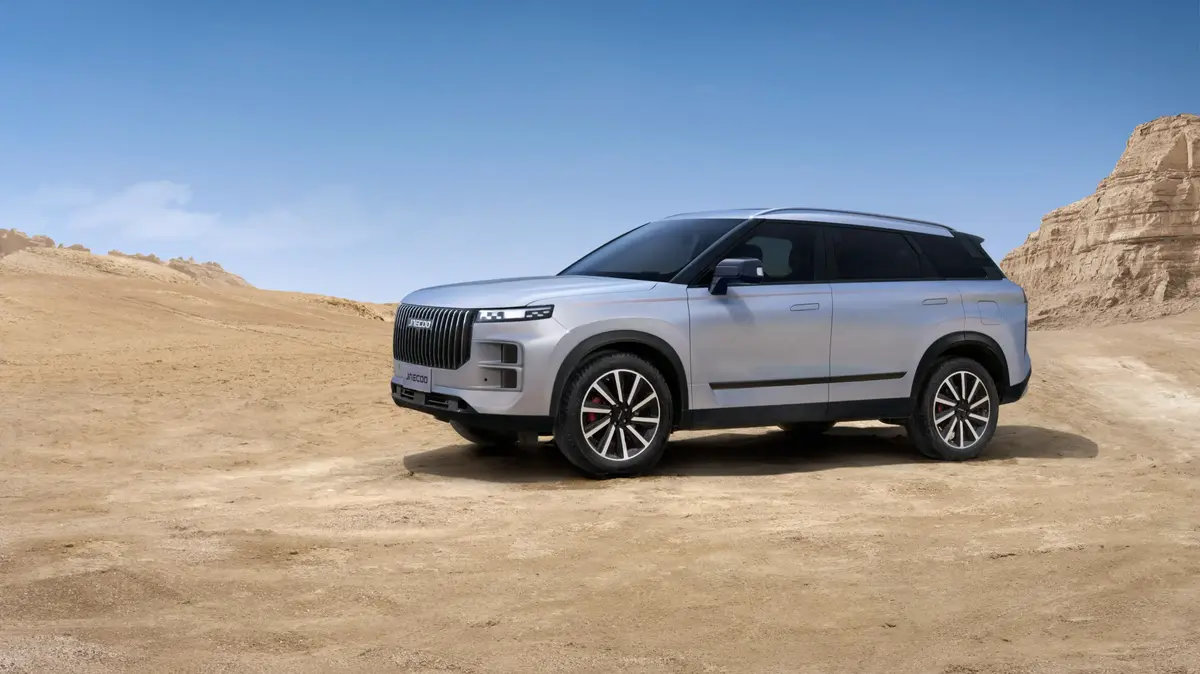According to consumer and market intelligence experts, brands that want to achieve this status have the opportunity.
Adopting the right strategies will obviously be essential to do this.
In this article, GfK provides five key recommendations for companies looking to join the circle of Power Brands, especially exclusive or mainstream brands.
First, let's look at what a power brand is.
Definition of a Power Brand
Power brand status combines the best of both worlds: a balance between mass market appeal and the possibility of higher prices.
They therefore represent a very large share of global revenues given their actual number on the market.
While all types of brands have their own market space and growth strategies, Power Brands have the edge in terms of sales volumes, brand strength, and price elasticity.
They are also more stable and less threatened by their competitors than small brands and mainstream brands in terms of customer loyalty, and they are only slightly supplanted by exclusive brands in their ability to charge. higher prices.
On the other hand, it is not easy to obtain Power brand status.
To achieve and maintain this status, these brands must deploy strategies that drive both premium pricing and high sales volumes.
It's a fine balancing act that goes beyond products and services.
This requires precise customer targeting and messaging, as well as the articulation of brand goals, values, quality and brand uniqueness, at a time when marketing budgets are increasingly stretched. .
How to become a Power Brand?
Invest properly in the basics
To become a power brand, you need great distribution: making products available in as many stores, websites and places as possible.
Brands also need an omnichannel communication strategy that covers all relevant traditional and digital channels, to ensure maximum visibility in each audience segment.
Adopting these tactics is the only way to sustain the levels of accessibility, brand awareness, and sales volumes needed to achieve power brand status.
This means investing heavily in distribution and advertising (digital and TV) and developing brand advocacy through relationships with established influencers and key opinion leaders (KOLs).
But is this really an opportunity in times of economic crisis or a financial risk?
Madalina Carstea, Head of Global Solutions, Brand & Marketing Intelligence at GfK, explains: “Historically, brands that have continued to invest during turbulent economic times have emerged stronger, with the ability to maintain or increase their premium. and their market share.
“This represents an excellent opportunity for brands that do not yet have Power brand status to take advantage of the space freed up by competitors who stop or reduce their investments.
Their share of voice (SOV) and space can be captured by brands that want to become Power Brands using the right approach.
Above all, you must ensure that your products are “
findable
” in more places and in more spaces than your competitors.
An excellent distribution strategy is essential to support volumes while supporting the brand.
It is therefore essential to learn how to optimize your distribution as a company and to surpass your competitors in this field while balancing your investment.
»
The right tools can help you develop highly targeted communication and investment strategies.
For example, state-of-the-art marketing analytics software can help you improve spend levels across the optimal mix of digital and offline channels to reach the most customers and get the best return on investment.
Access to powerful and detailed POS (Point of Sale) data will guide your distribution activities by showing precisely where and when your target customers want to buy.
These are two areas that GfK can help you with.
Ensure communications are consistent
As we have seen above, an omnichannel communication strategy is essential.
What is equally important is that every part of this strategy is logical and consistent.
This applies to both internal and external communications, on the precondition that brands wishing to enter the Power Brands market obtain the commitment and support of all business functions.
Jutta Langer, VP Consulting at GfK, explains: “Creating and maintaining brand attachment is essential for Power Brands, it helps consumers create an emotional connection with the products.
This is what ultimately generates loyalty and allows brands to charge higher prices.
But that's a tough target to hit in the current climate: 60% of people say they might stop buying their favorite brands because of the cost of living, and 85% say they're actively looking for cheaper alternatives. .
“
For Power Brands, consistent branding and messaging across all consumer touchpoints and every step of the buying journey is critical to creating and maintaining brand loyalty.
You will also need access to accurate, current and highly detailed consumer and market data, a single source of reliable information.
»
Looking specifically at pricing communications, SEO is an area that deserves special attention.
As this is the most sought-after type of brand, it is essential for Power Brands to ensure that all of their digital activities – but especially SEO – are up to scratch.
After all, typical Power Brand consumers are generally willing to pay more for their favorite products, but they also know what's out of the ordinary, and they spend more time searching for the best deals and promotions on big-ticket items, according to data from GfK FutureBuy.
The search generally continues until the product is purchased.
To do it right, the key is to be consistent.
This means synchronizing and controlling standard and promotional prices across stores and online channels, and ideally running offers at the same time.
This will prevent brands from selling more units during promotions than they should – which can easily damage the brand – while protecting their profit margins.
Offer the right balance of products, attributes and values
Power Brands typically have more Stock Keeping Units (SKUs) than other brand types.
Indeed, a product line is needed to cater to different customer segments with different needs, priorities, aesthetic preferences and values if the brand wants to appeal to the general public.
At the same time, the typical Power Brand consumer is looking for something unique to justify paying a premium price.
Brands must therefore invest in quality design and innovation to deliver superior products to consistently delight their customers and inspire emotional connection and lasting brand attachment.
It is essential to meet the basic needs of consumers before looking at tricks.
Consumers who have the latest smartphone may feel like they own a status symbol, but that won't last if it doesn't work properly.
More than any other type of brand, Power Brands must combine quality, reliability and desirability to strike the right balance.
A tiered pricing model might be the answer for some brands.
According to Madalina Carstea, “
It is imperative for Power Brands to understand the demographics of each audience segment, so they can position their brand to meet the wants, needs and aspirations of that target group.
You have to be able to spot, understand and convince your most valuable customer segments across all age groups, in the short and long term.
»
Make the leap: move from exclusive or mainstream brand to Power Brand
If your company wants to achieve power brand status, here are some recommendations to help you with your new strategic direction.
Exclusive brands | Consumer brands |
|---|---|
Use promotions wisely to reduce barriers to entry and increase volume | Avoid promotions and favor innovation-driven brand promotion strategies |
Focus on building familiarity and trust by connecting with a wider customer base, before winning them over | Products should be considered best in class and of higher quality than inferior brands; excellence, superior quality and uniqueness are essential elements |
Expand online and offline advertising to extend reach without losing that “premium” feel | Consider launching a new premium version of existing brands |
Finding the balance between gimmicks and higher pricing while meeting essential consumer needs. | Balance between satisfying the customer as much as possible and continuing to meet their needs for functional and reliable products |
Consider a tiered pricing model to appeal to a range of budgets | Align your brand with the influencers or KPIs your audience segments will listen to and identify with |
Expand the distribution network to promote access to the largest group of consumers possible | Review your brand's distribution strategy to communicate more easily with consumer groups that are more focused on premium products. |
The challenge in achieving Power brand status is ensuring that the individual elements are optimized and work seamlessly together to create a cohesive and unique brand experience.
Do you want to strengthen your brand? GfK can help you
GfK will work with you to take your business to the next level.
Our consumer and market intelligence services are based on our global brand and category expertise, as well as our strong advisory experience.
To find out how we can help you break into the Power Brands market, visit www.gfk.com/brand-and-marketing-performance today.









